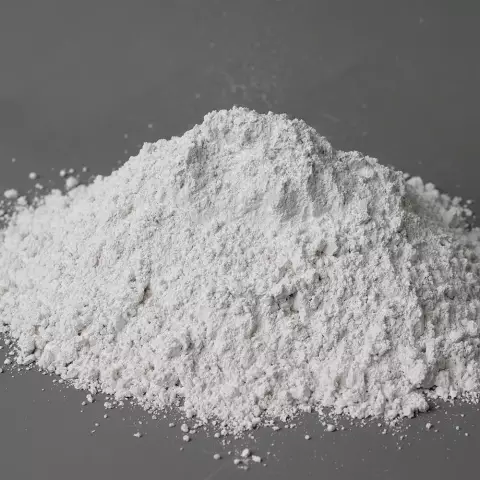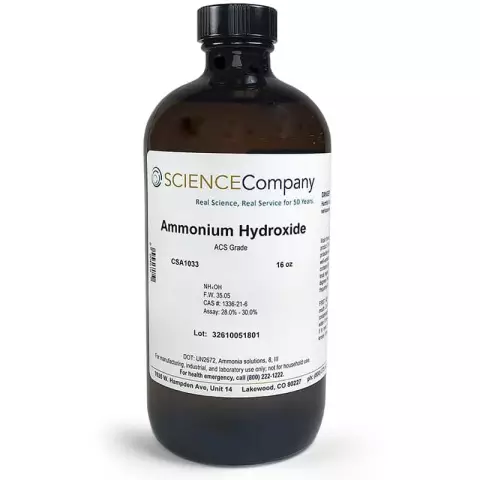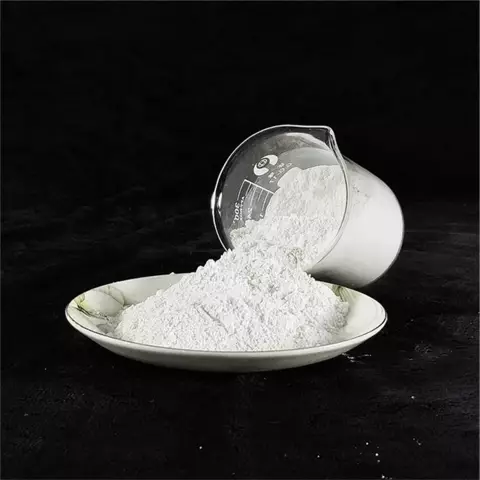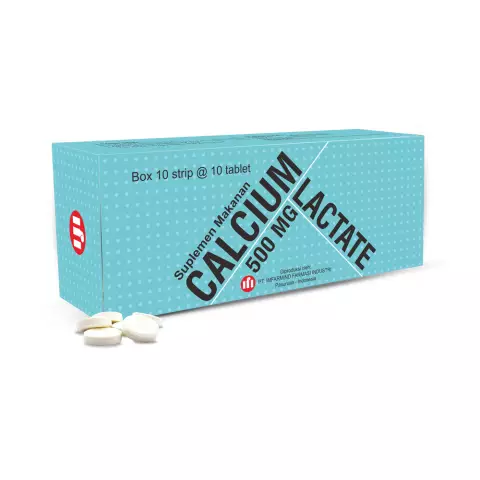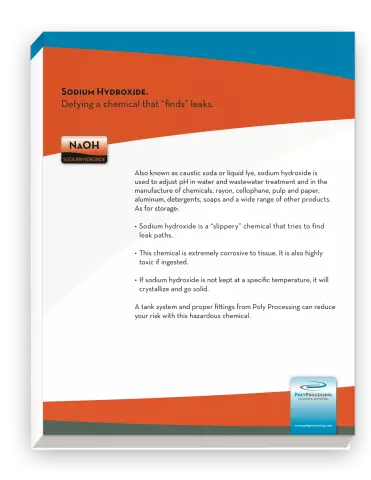- Author Rachel Wainwright [email protected].
- Public 2023-12-15 07:39.
- Last modified 2025-11-02 20:14.
Calcium hydroxide
Calcium hydroxide, or as it is traditionally called slaked lime or "fluff", is an inorganic compound with the chemical formula Ca (OH) 2.

The production of calcium hydroxide on an industrial scale is possible by mixing calcium oxide with water, a process called quenching.
Under laboratory conditions, calcium hydroxide can be obtained by mixing an aqueous solution of calcium chloride and sodium hydroxide. In the mineral form, calcium hydroxide is found in some volcanic, abyssal and metamorphic rocks. Also, calcium hydroxide is obtained by burning coal.
In excess, calcium hydroxide is contained in aggressive water, which is capable of dissolving rocks.
Application of calcium hydroxide
Calcium hydroxide is widely used in the production of building materials such as whitewash, plaster and gypsum solutions. It is used as an inexpensive substitute for alkali in the form of suspensions (milk of lime) used in tanning shops to remove hair from hides, as well as in the production of sugar and for whitewashing tree trunks.
Lime water is a saturated aqueous solution of white calcium hydroxide. The antacid properties of calcium hydroxide are used medicinally to treat acid burns.
A useful property of calcium hydroxide is its ability to act as a flocculant, purifying waste water from suspended and colloidal particles. It is also used to raise the pH of the water, as the original water contains acids that can corrode plumbing pipes.
Also, calcium hydroxide is widely used in industries such as:
- Road construction - to improve the quality of earthen soil;
- Metal production - Calcium hydroxide is introduced into the waste gas stream to neutralize acids such as fluorides and chlorides before being released to the atmosphere;
- In the oil refining industry - for the production of additives to oils;
- In the chemical industry - for the production of calcium stearate;
- In the petrochemical industry - for the production of solid oils of various types;
- Production of antifungal and antimicrobial preservatives - for storing vegetables in hangars.
Calcium hydroxide is used as an additive in seawater to reduce atmospheric CO 2 and mitigate the greenhouse effect.
Also, calcium hydroxide is used as a natural alternative to insecticides, effective against ticks, fleas, beetles and their faces.
In construction, calcium hydroxide is used to whitewash wooden fences and coat rafters to protect materials from rotting and fire, as well as to prepare silicate concrete and lime mortar.
Calcium hydroxide is also involved in the production of ebonite, bleach, tank mixes, depilatory creams and brake linings.
The property of calcium hydroxide to reduce soil resistivity is used in the construction of grounding centers for electrical engineering.
In dentistry, calcium hydroxide is used as a disinfectant for root canals.
In the food industry, calcium hydroxide is used in excess as a food additive E526, which is added in the production of:
- Sugar cane;
- Alcoholic and non-alcoholic drinks;
- Power engineers;
- Fruit juices;
- Baby food;
- Pickled cucumbers;
- Food salt;
- Confectionery and sweets;
- Cocoa products;
- Corn tortillas;
- Flour products and baked goods.
In Spain, calcium hydroxide is used for the preparation of hominy, as it is believed that it contributes to better assimilation of the dish.

Native American Indian tribes use calcium hydroxide as an ingredient in psychedelic Yapu tobacco, obtained from the seeds of the Anadenantera legume.
In Afghanistan, calcium hydroxide is used in the production of Niswar tobacco, made from fresh tobacco leaves, indigo, cardamom, menthol, oil, calcium hydroxide and wood ash. Afghans also use calcium hydroxide as a paint for their mud-concrete houses. Countries such as Afghanistan, Pakistan, India, Sweden and Norway are considered the largest consumers of calcium hydroxide in the world.
Calcium hydroxide properties
Calcium hydroxide - colorless crystals or odorless white powder, which, when heated to 580 ° C, decompose into calcium oxide and water.
The molar mass of calcium hydroxide is 74.093 g / mol, density 2.211 g / cm3, solubility in water 0.189 g / 100 ml, acidity (pKa) 12.4, refractive index 1.574.
Calcium hydroxide is insoluble in alcohol.
The harm of calcium hydroxide
When calcium hydroxide comes into contact with the skin, severe irritation, itching, chemical burns and skin necrosis occur.
Accidental ingestion of calcium hydroxide causes severe sore throat, burning mouth, abdominal pain, vomiting, bloody stools, and a drop in blood pressure. Also, the pH of the blood rises, it becomes too alkaline, which can cause damage to internal organs.
When you inhale calcium hydroxide powder through your nose or mouth, your throat becomes swollen, which can restrict or make breathing difficult. If calcium hydroxide particles enter the lungs, a medical emergency is needed.
If calcium hydroxide gets into the eyes, vision loss occurs, accompanied by severe pain.
First aid for calcium hydroxide poisoning
If calcium hydroxide has been ingested, you must drink a glass of water or milk.
If calcium hydroxide comes into contact with the skin or eyes, rinse the affected skin and eyes thoroughly with plenty of water for at least 15 minutes.
If calcium hydroxide is inhaled, move to fresh air immediately and call an ambulance.
Found a mistake in the text? Select it and press Ctrl + Enter.

